
Romance for viola
and orchestra
by Max Bruch
The Romance for viola and orchestra op.85 by Max Bruch is a little known lovely work, only about eight minute long. As the name says, Romance or romanze or romanza it is a work expressing a romantic mood.
In a few words, originally, from the 15th century the romance was a sung work, in Spain and Italy. In France and Germany it indicated a romantic tale. From the 18th century the term has been used for both vocal and instrumental works, keeping the original romantic, lyrical mood and character.
2011 was the centenary of the composition of Max Bruch's Romance for viola and orchestra. Apparently Bruch loved the viola and other instruments of similar range, such as clarinet, cello and French horn and this shows in the works he composed around that time. In addition to the Romance, Bruch wrote other pieces for viola: eight pieces for clarinet, viola and piano and the double concerto for clarinet, viola and orchestra.
Listen to Bruch's Romance for viola
Bruch composed this Romance for Maurice Vieux, the principal viola player at the Paris Opera and Conservatoire orchestra. The orchestra includes strings and flute, oboe, 2 clarinets, 2 bassoons, 3 French horns, 2 trumpets, 1 trombone.
The composition is in F major, in one movement marked Andante con moto. However, during the movement Bruch makes the viola express a variety of moods, more and more agitated, through the use of mixed rhythms, triplets and dotted notes, a series of fast arpeggios and abrupt chords, with the head of the theme always recognisable throughout the piece, played by one instrument or the other one, whilst the viola elaborates.
After only two bars of introduction played by the strings of the orchestra, the viola starts with a very melodic, calm and romantic character, marked dolce (sweet). After the exposition, the beginning of the theme is repeated by the violins and the flute, with the whole orchestra playing forte.
Then the viola starts a sort of throbbing phrase, gently accompanied by the strings playing pizzicato and long notes in the woodwinds. All this becomes more intense and all winds join in.
Then there is a serene, new theme all in triplets, presented by the viola and taken by the whole orchestra. Soon the character changes again, with a faster pace in the viola part, going through many distant keys, to culminate in the slightly faster and agitated section of the arpeggios and chords, all the time with different instruments in turn reminding us of the initial theme.
After all this tension, the first theme comes again, initially only mentioned by the viola with the other instruments replying to it, then played nearly completely as it was at the beginning. Also the other musical ideas are repeated here, as a summary of the whole work, to end with less and less energy in a pianissimo long chord.
I really love this piece, it's another work to mention when someone says there is not much repertoire for viola. They just don't know!
Buy Bruch's Romanze
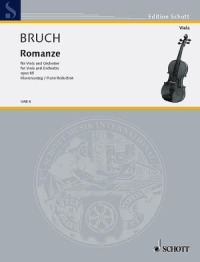 Buy Romance for viola and orchestra. Piano reduction, score and orchestral parts |
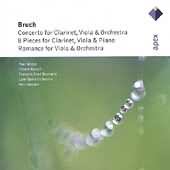 Buy Bruch's Romanze for viola |
Go from Romance for viola to Double concerto for clarinet, viola and orchestra
Tweets by @MonicaCuneViola

Play easily without pain &
nerves
Related pages
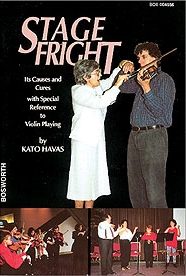 Read the book "Stage fright - Causes and cures", by Kato Havas, and play freely
Read the book "Stage fright - Causes and cures", by Kato Havas, and play freelyBruch's really unique
viola & clarinet concerto
Romanze for viola and orchestra op.85; viola and piano reduction; Download your FREE sheet music viola and piano part
Buy Viola in Music's Collection of 13 famous tunes (19 pages)
£7.99 and download them instantly
They are in their original keys, so you can play them in sessions with other instruments
Jesu, joy of man's desiring
Michael Turner’s waltz (2 versions)
The
greenwood tree
The south wind
Fanny Power
Ye banks and braes
Skye boat song
My Bonnie
My love is
like a red, red rose
Sportsman’s hornpipe
The road to Lisdoonvarna
Danny Boy (Londonderry Air)
Iron legs
Do you like
Viola in Music?
Support it by buying sheet music here
Download Sheet Music
|




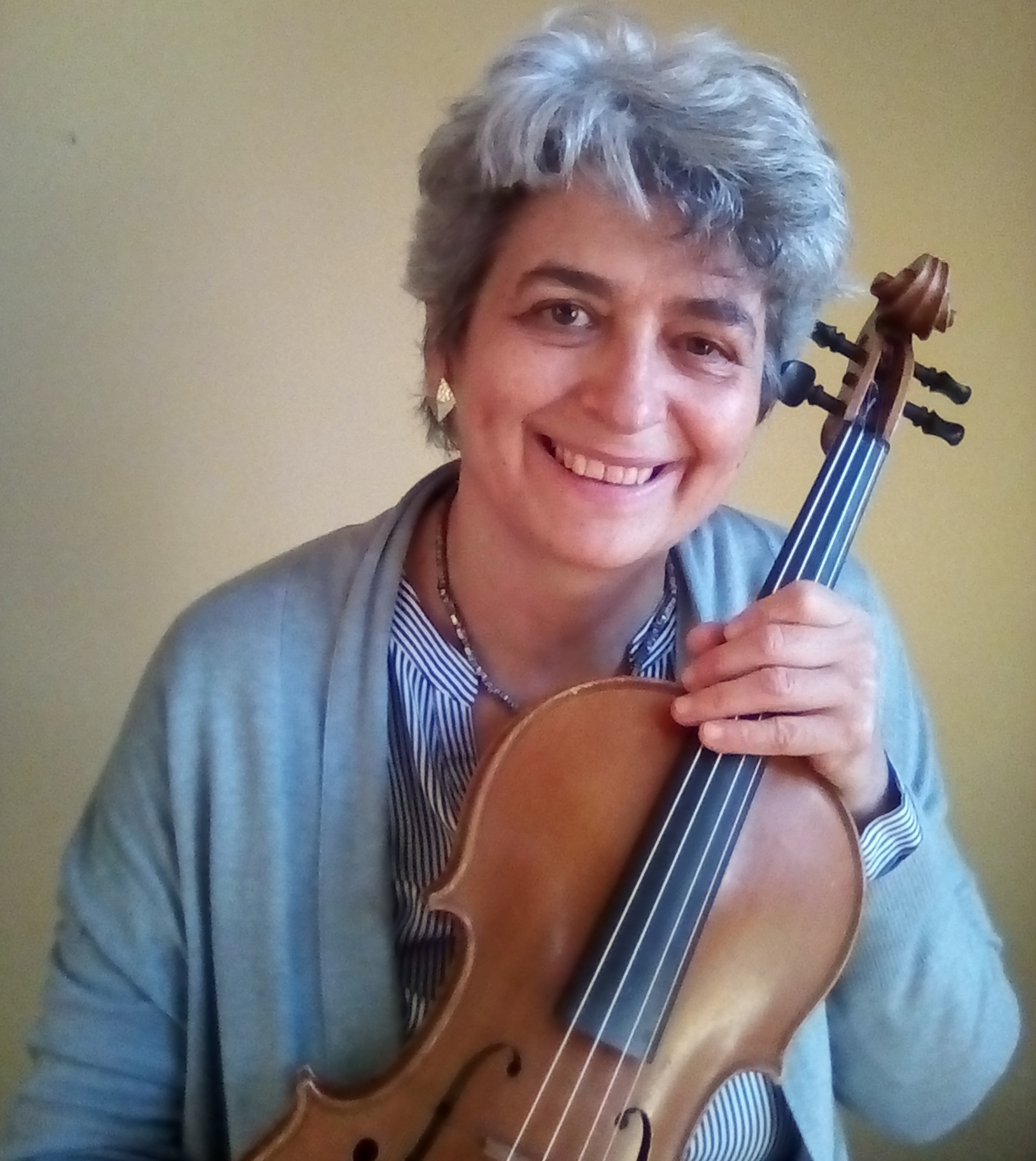
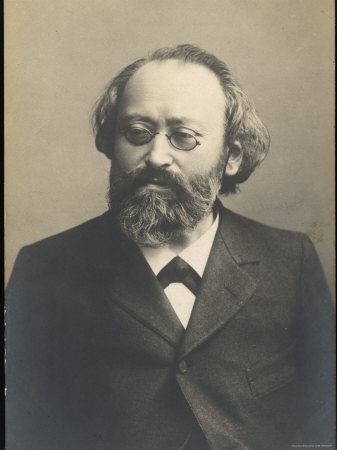



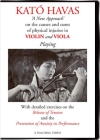
New! Comments
Have your say about what you just read! Leave me a comment in the box below.